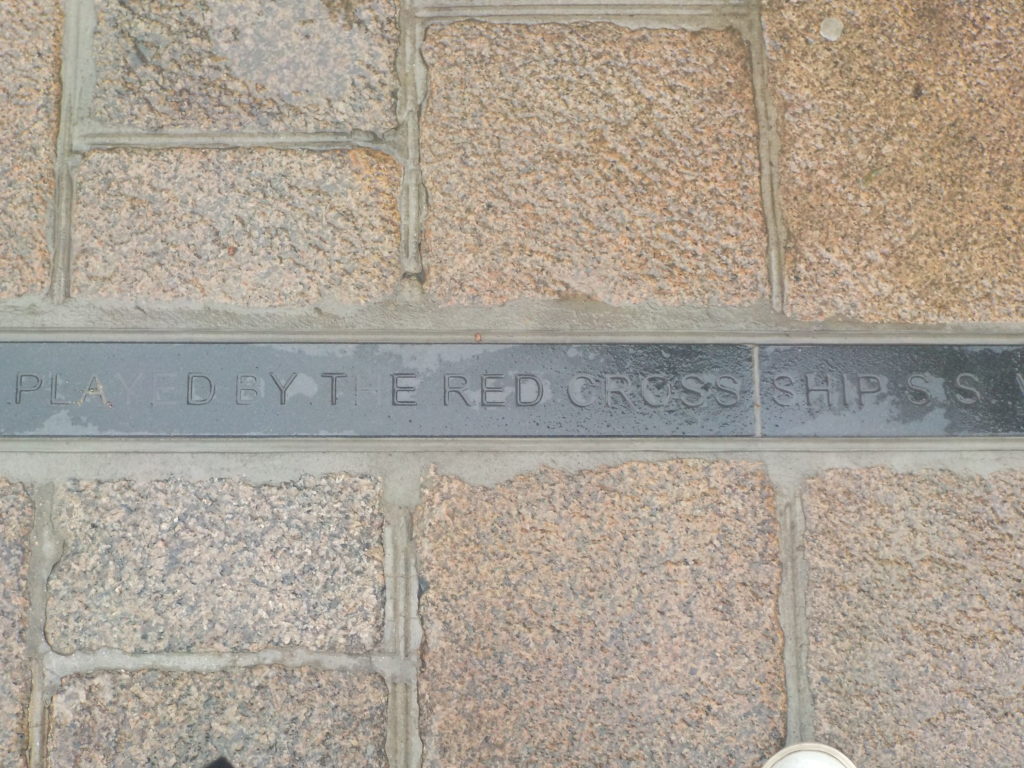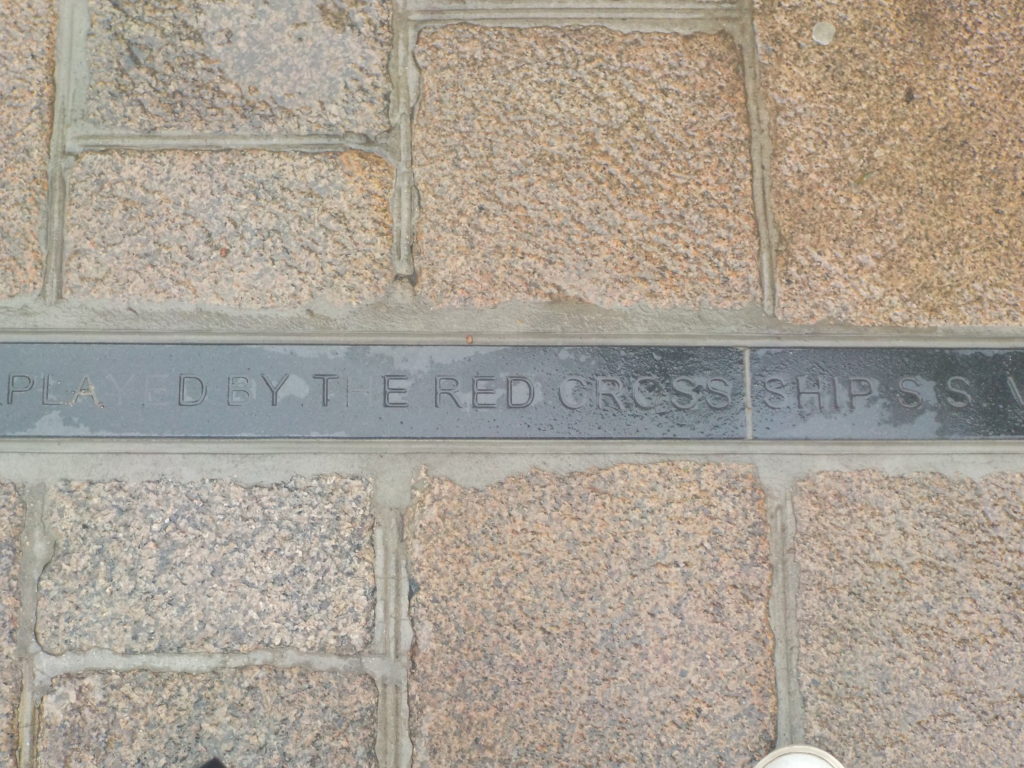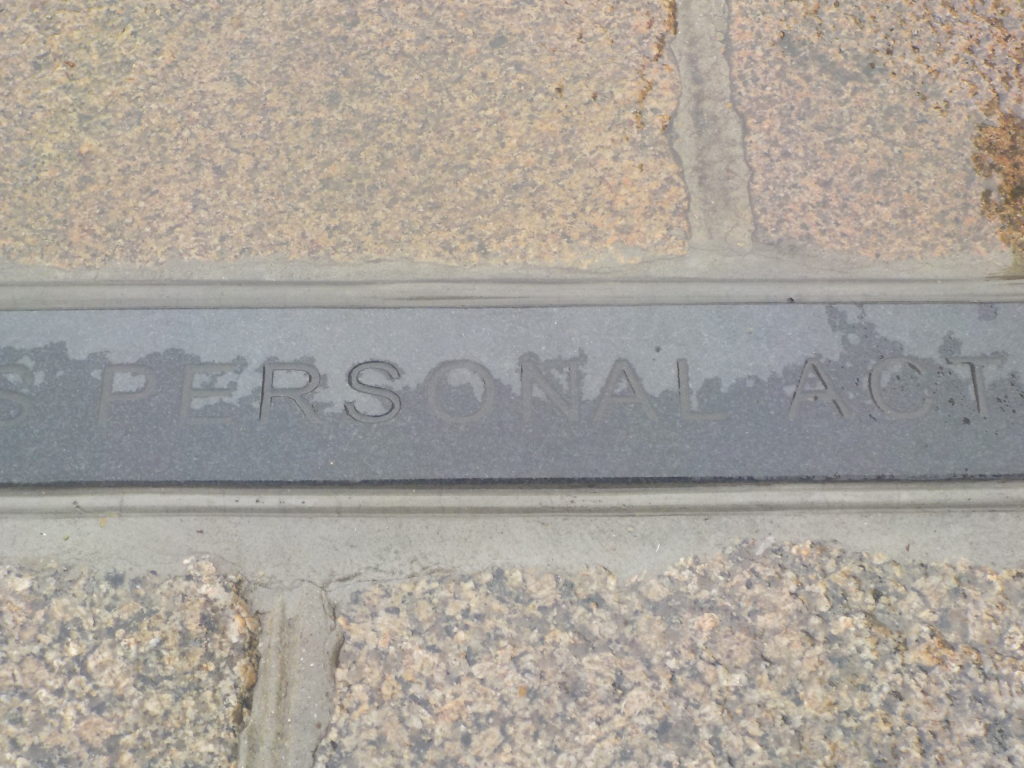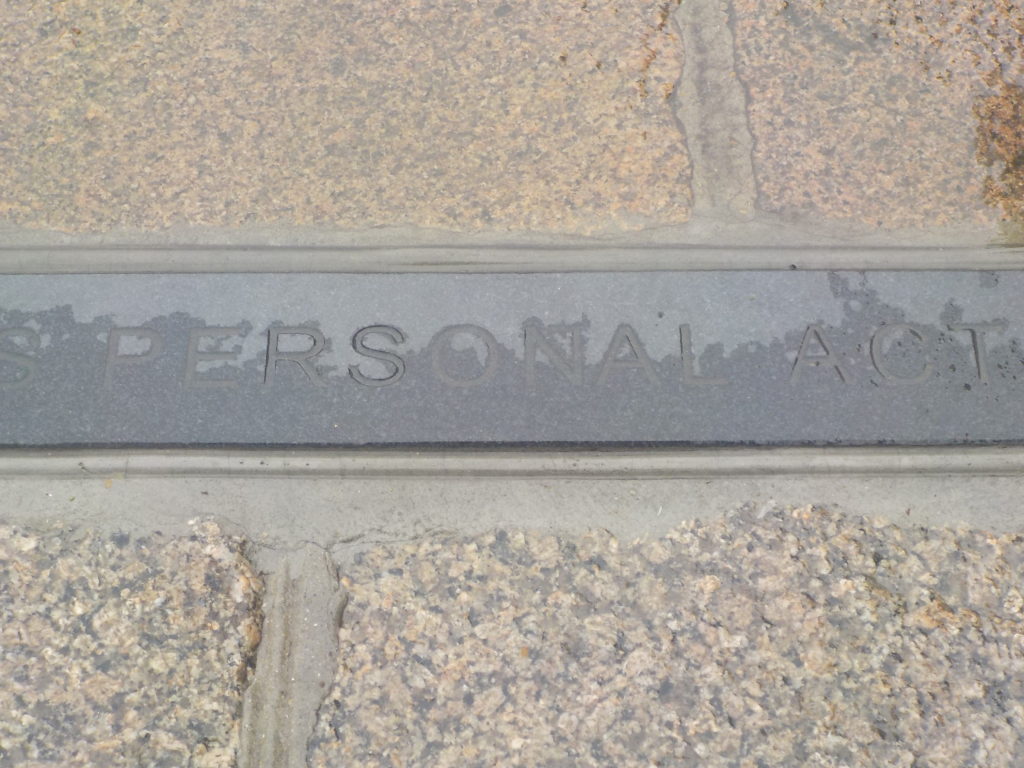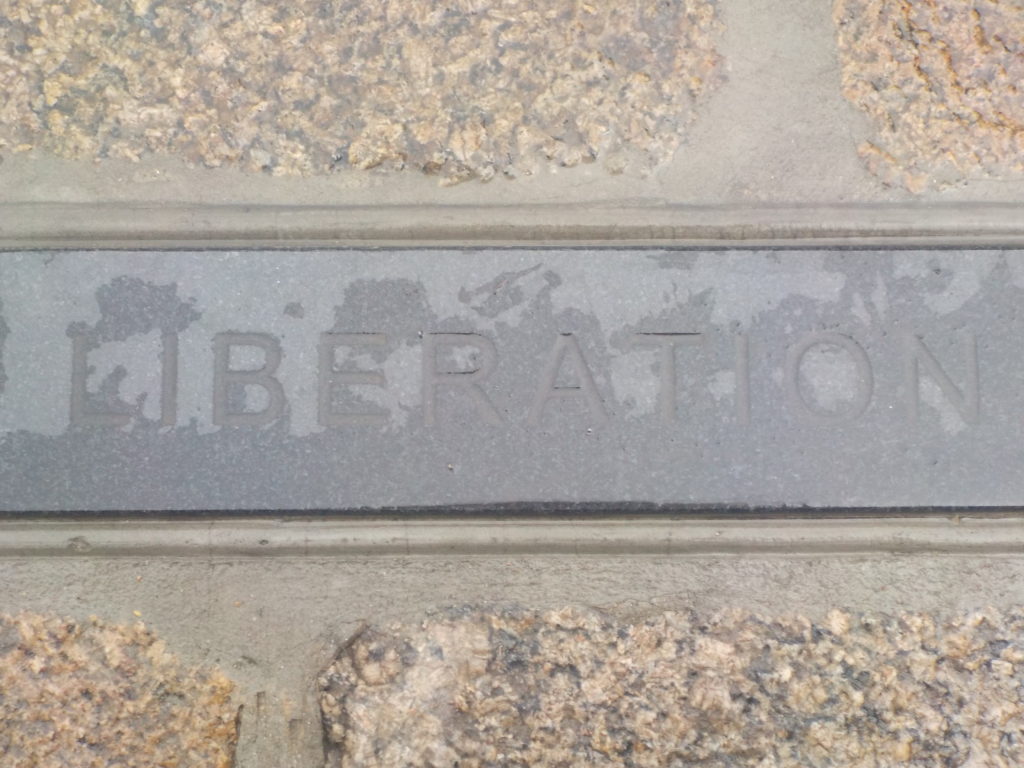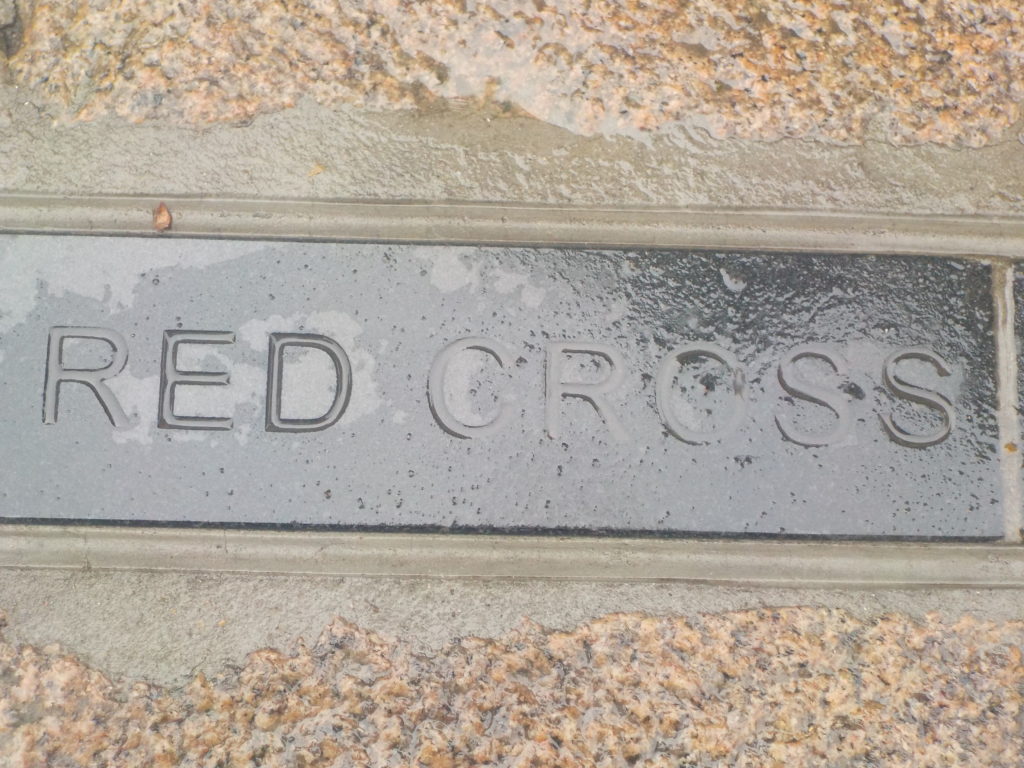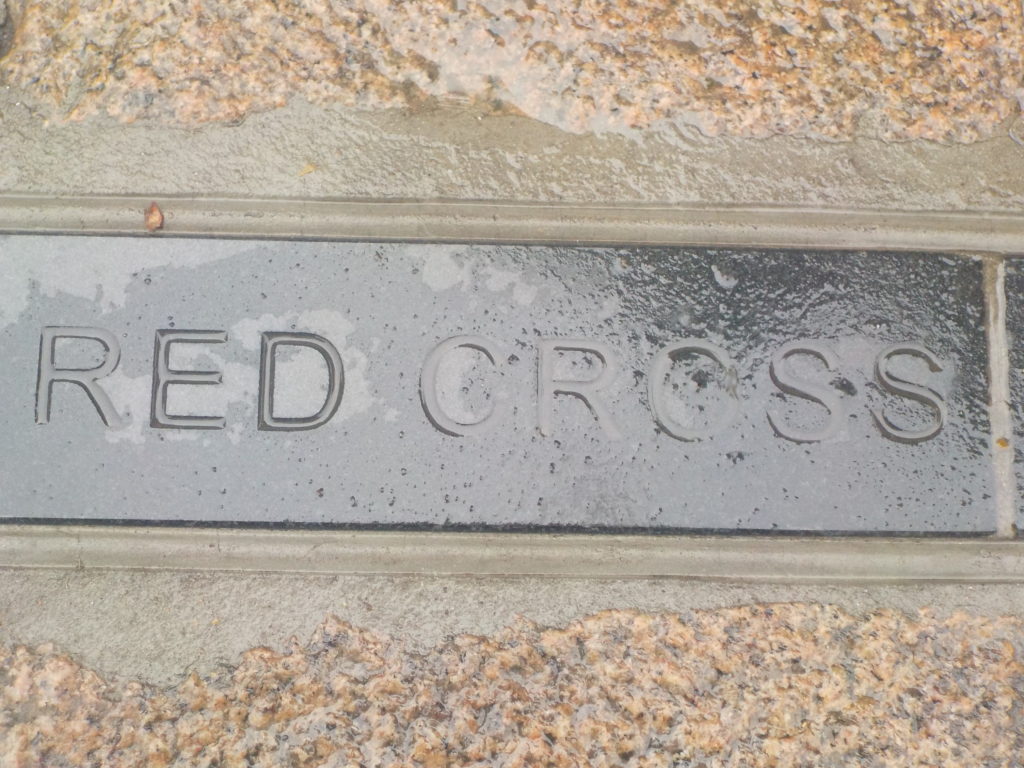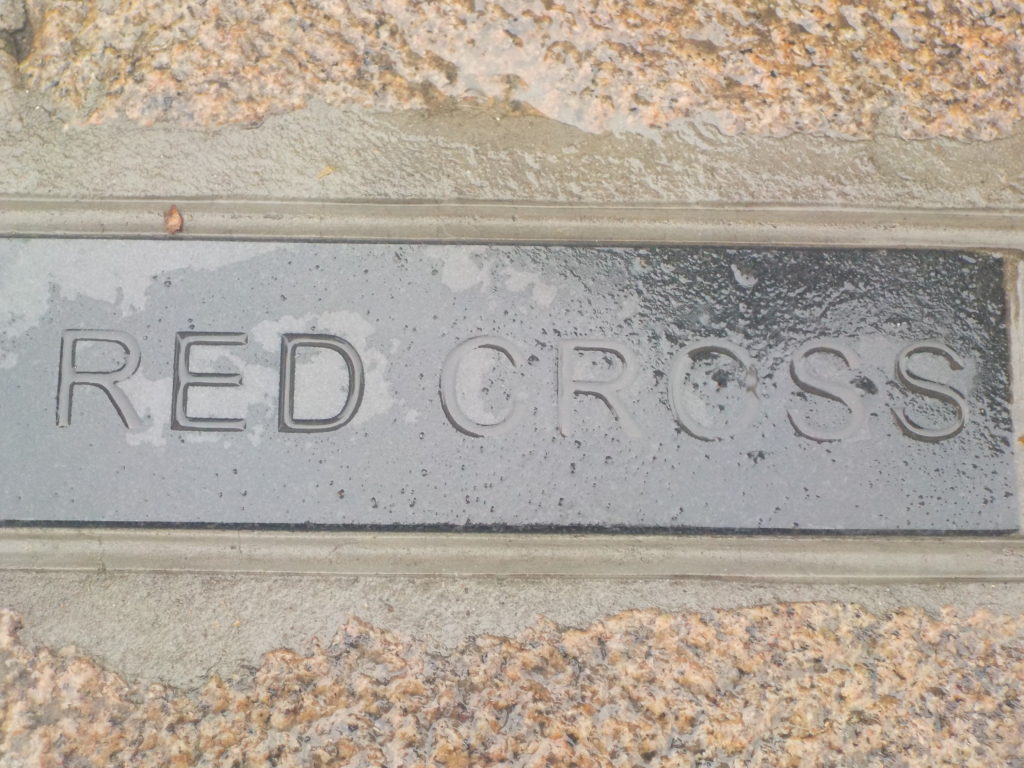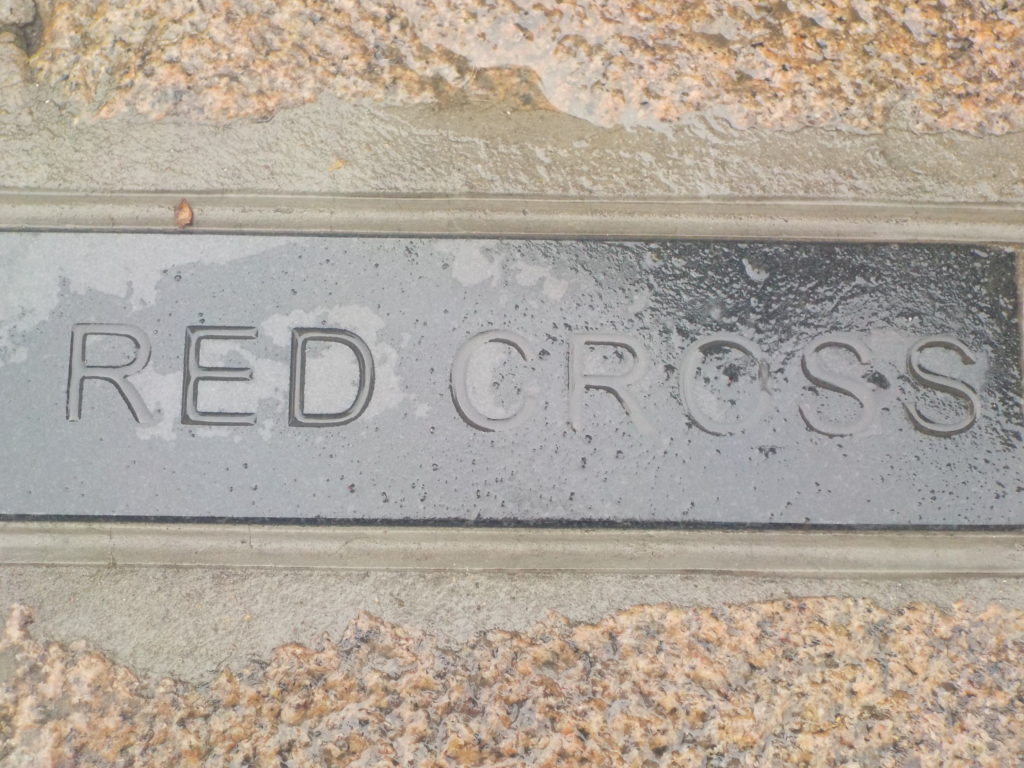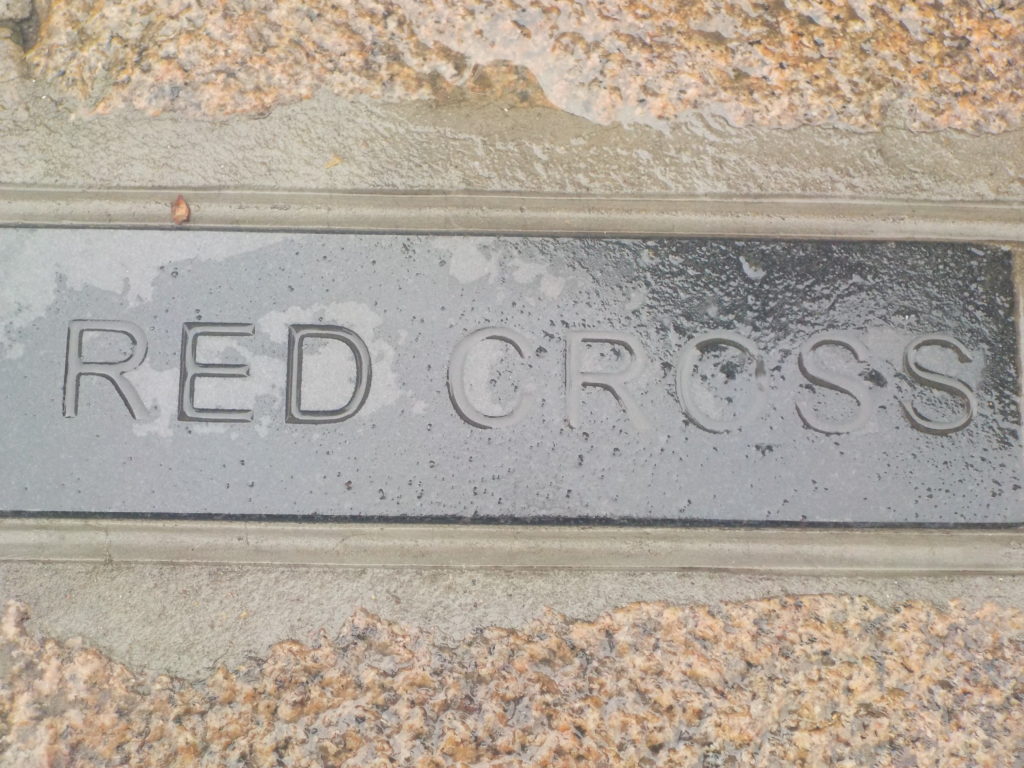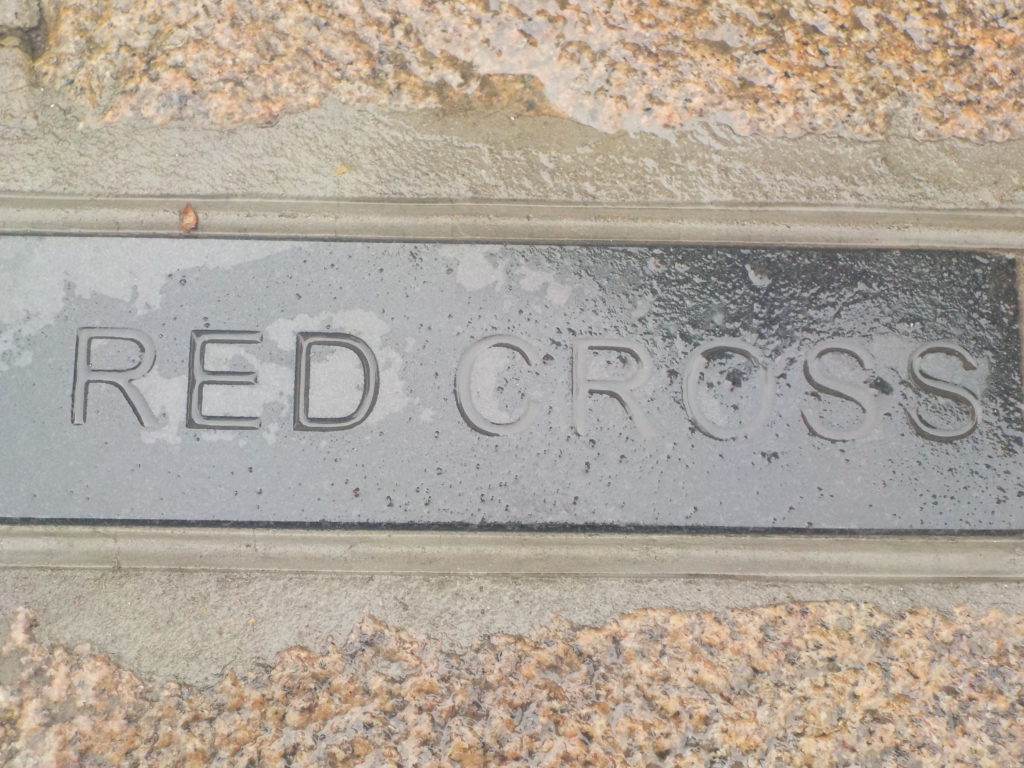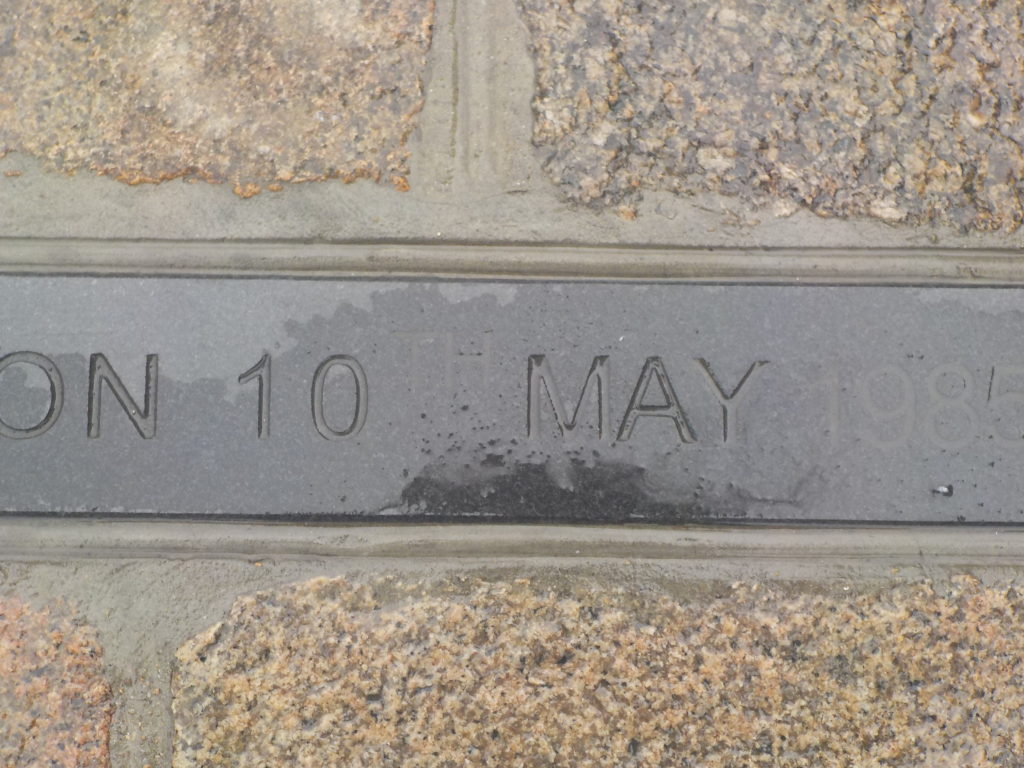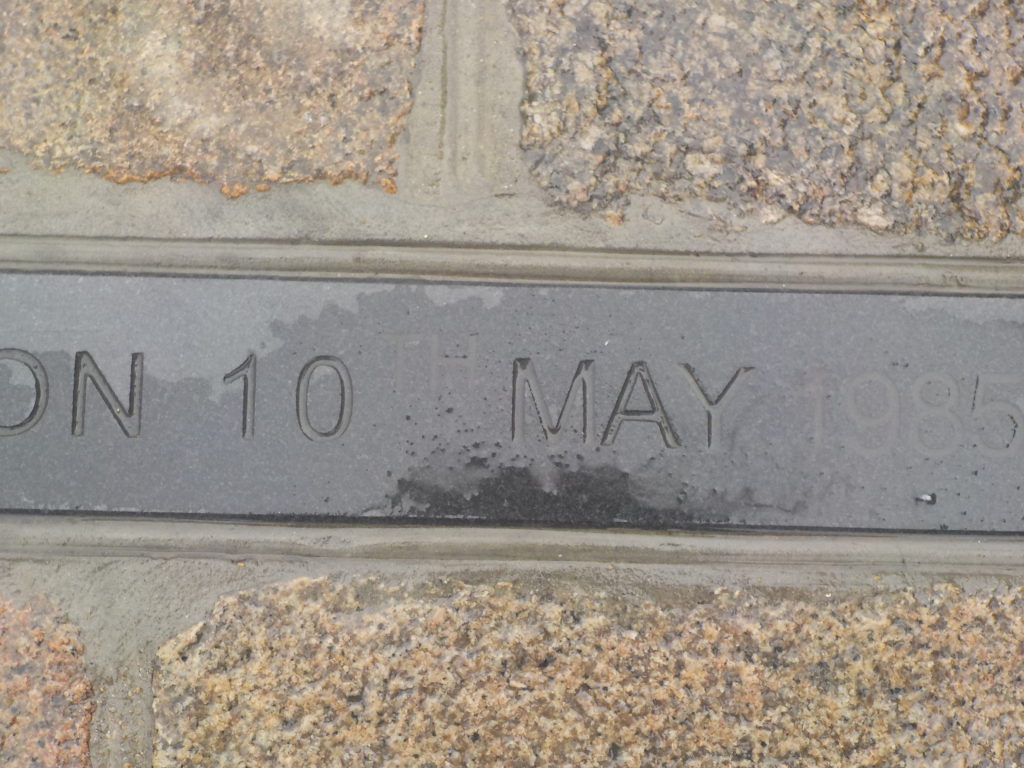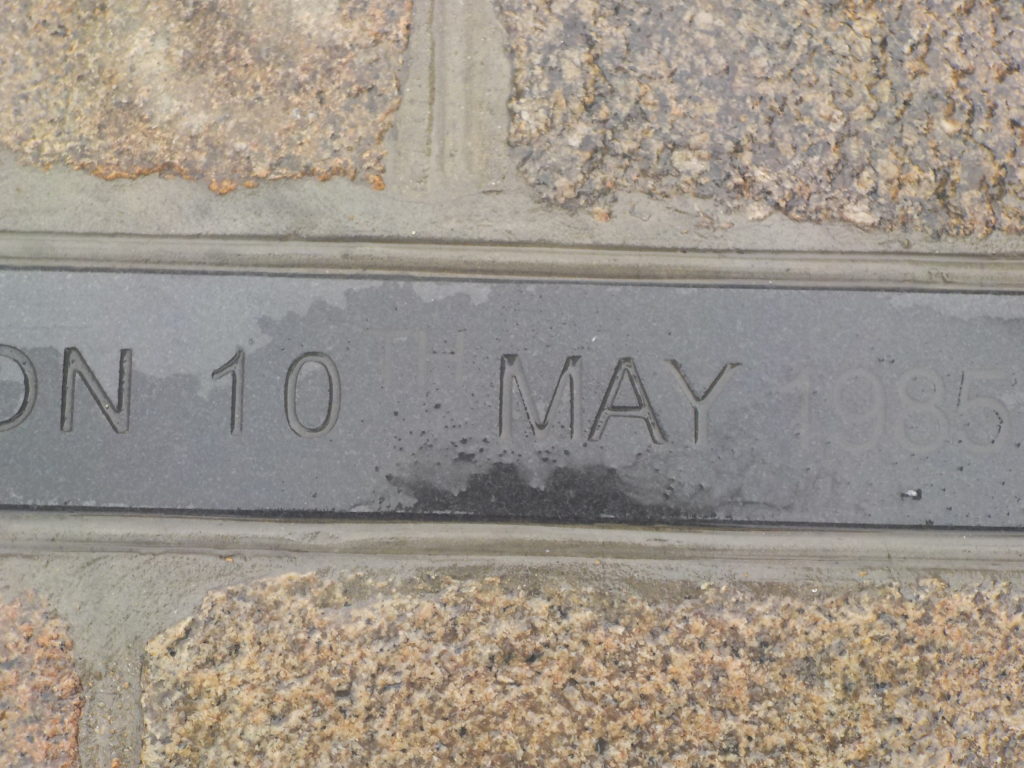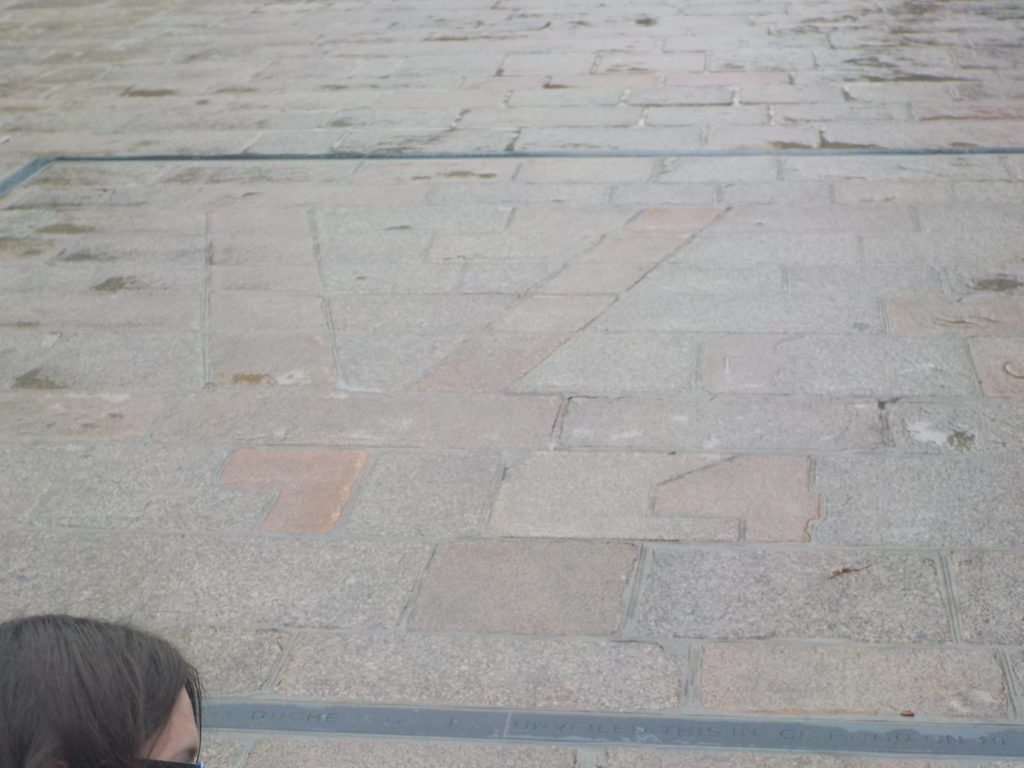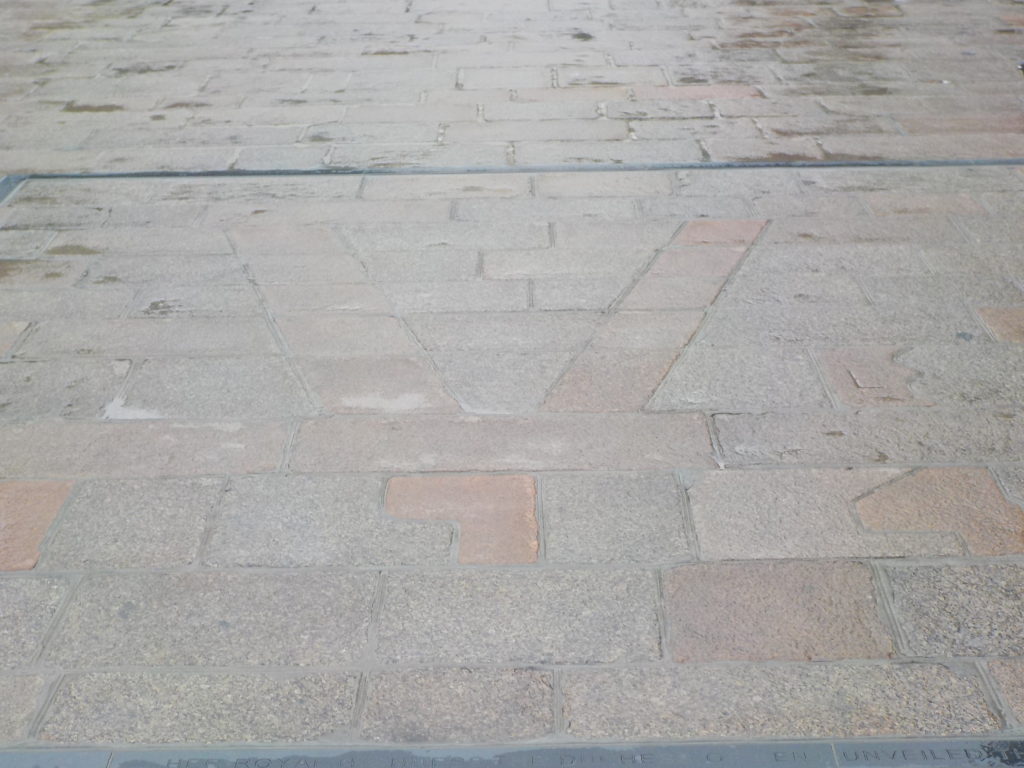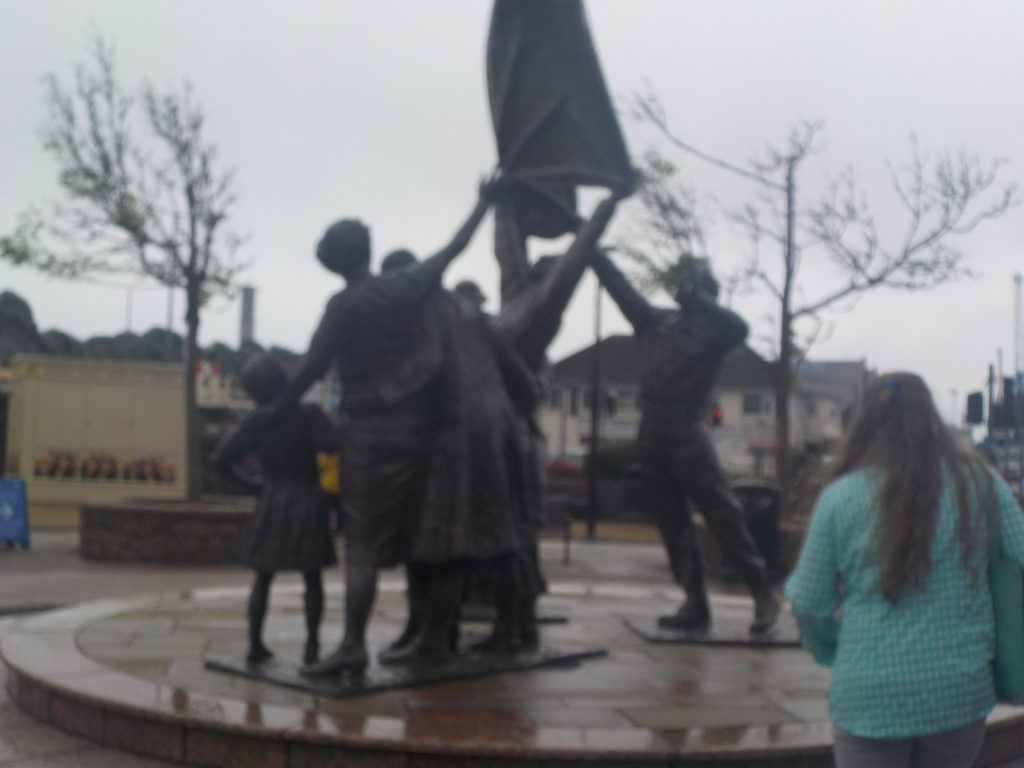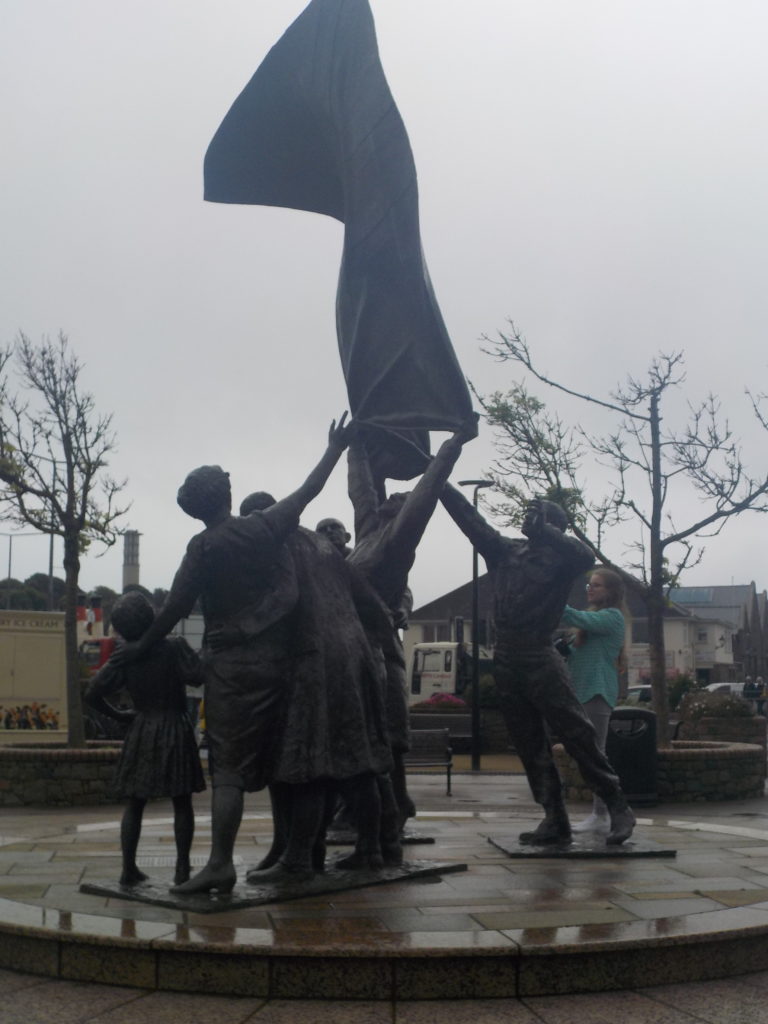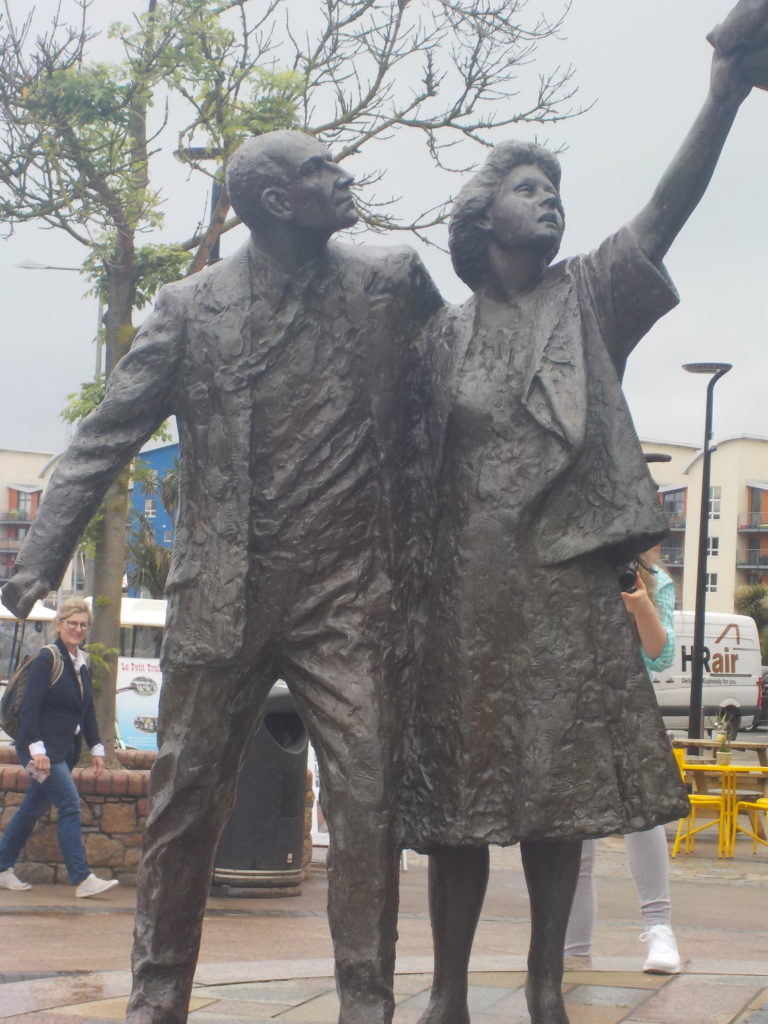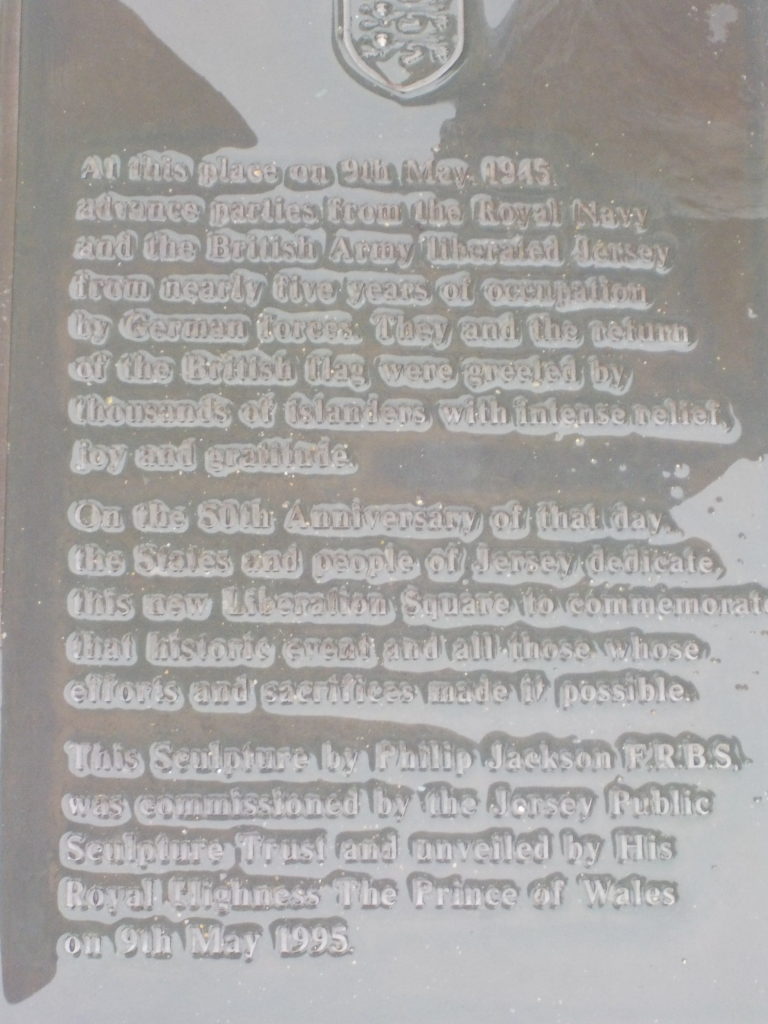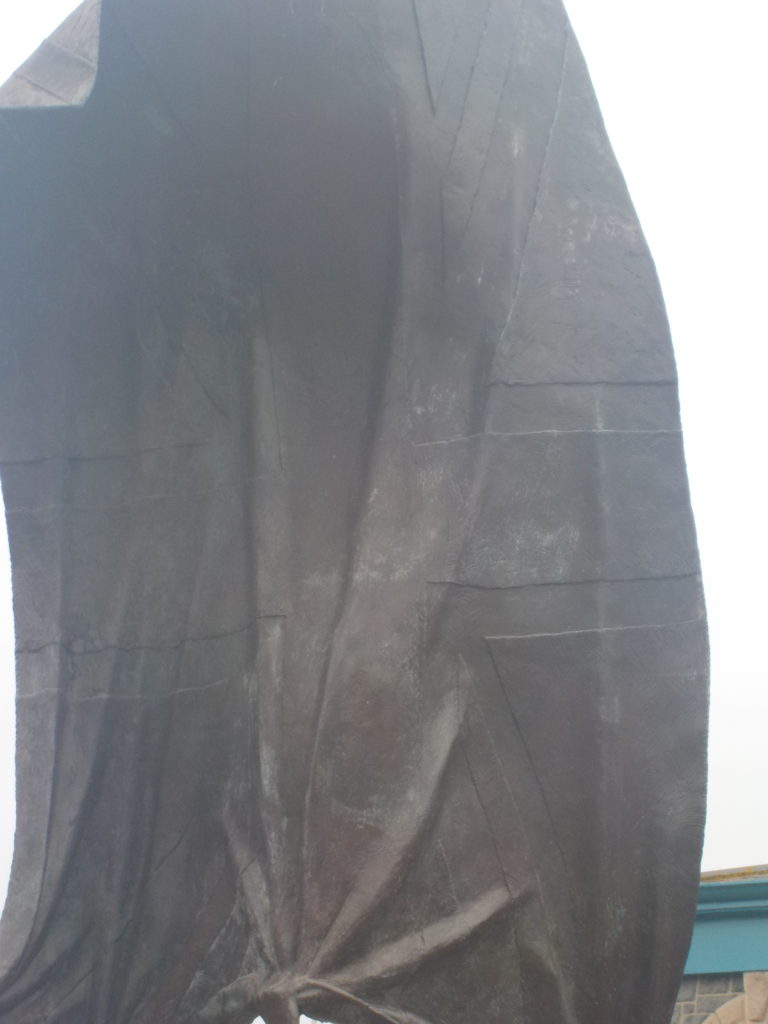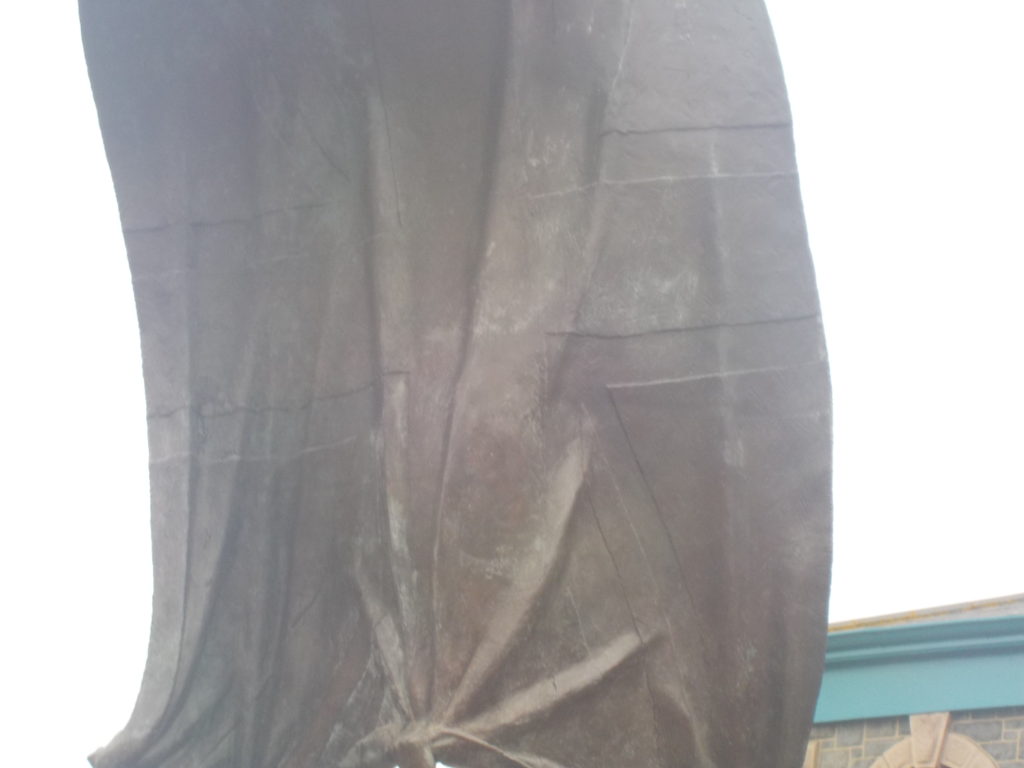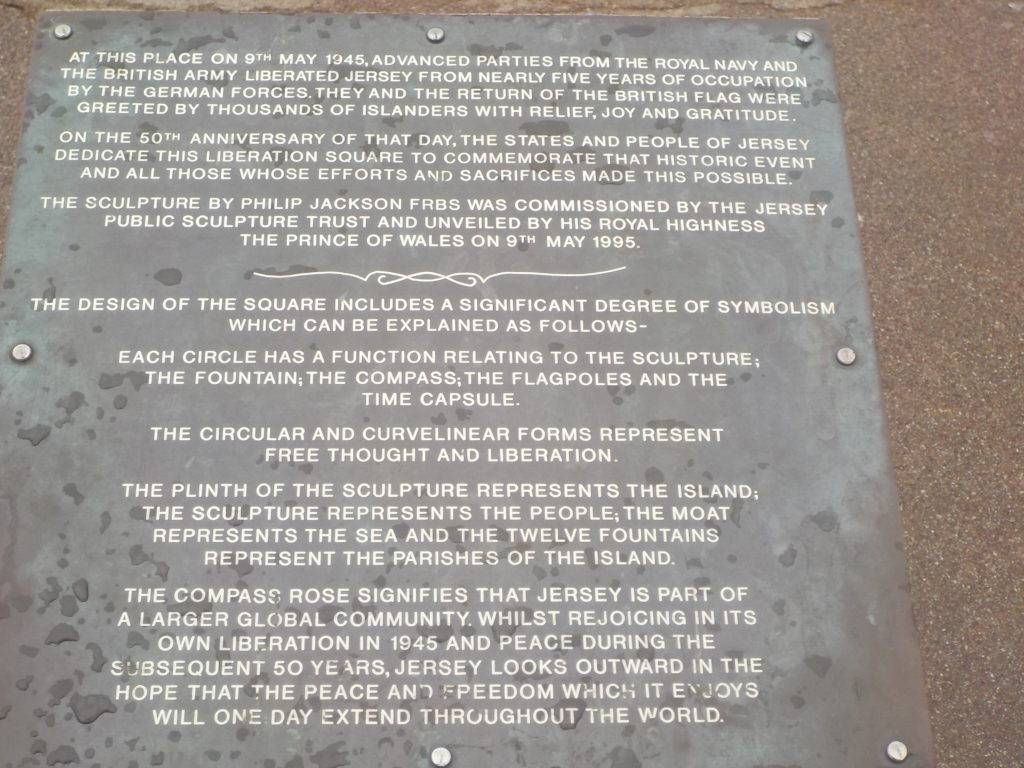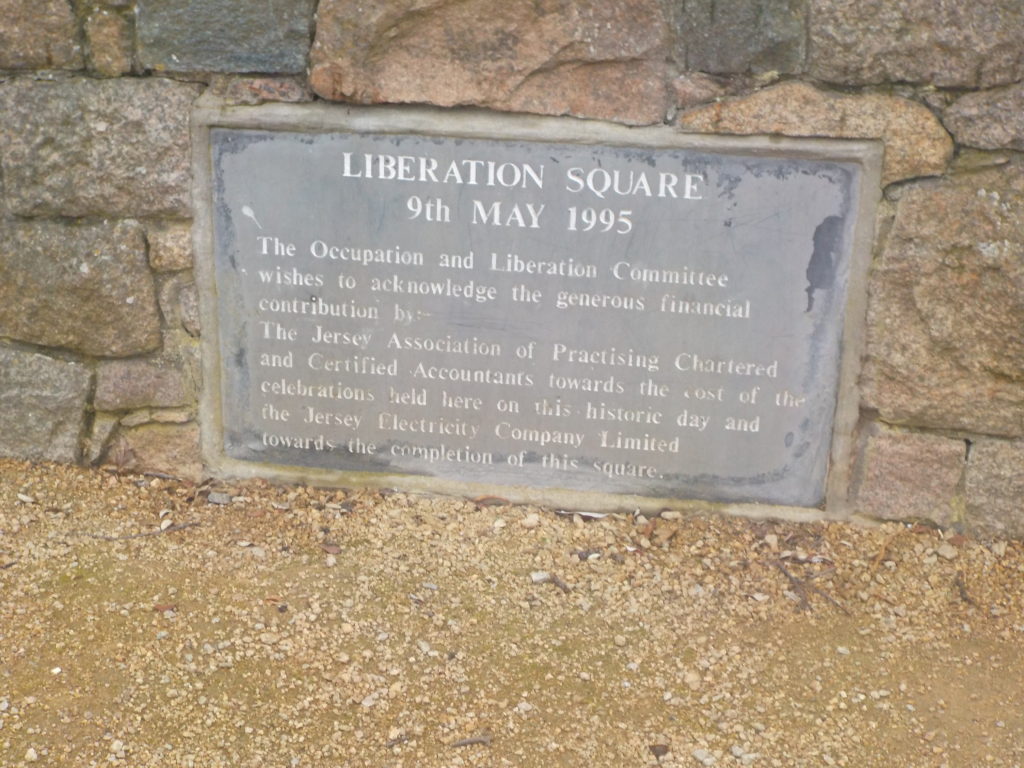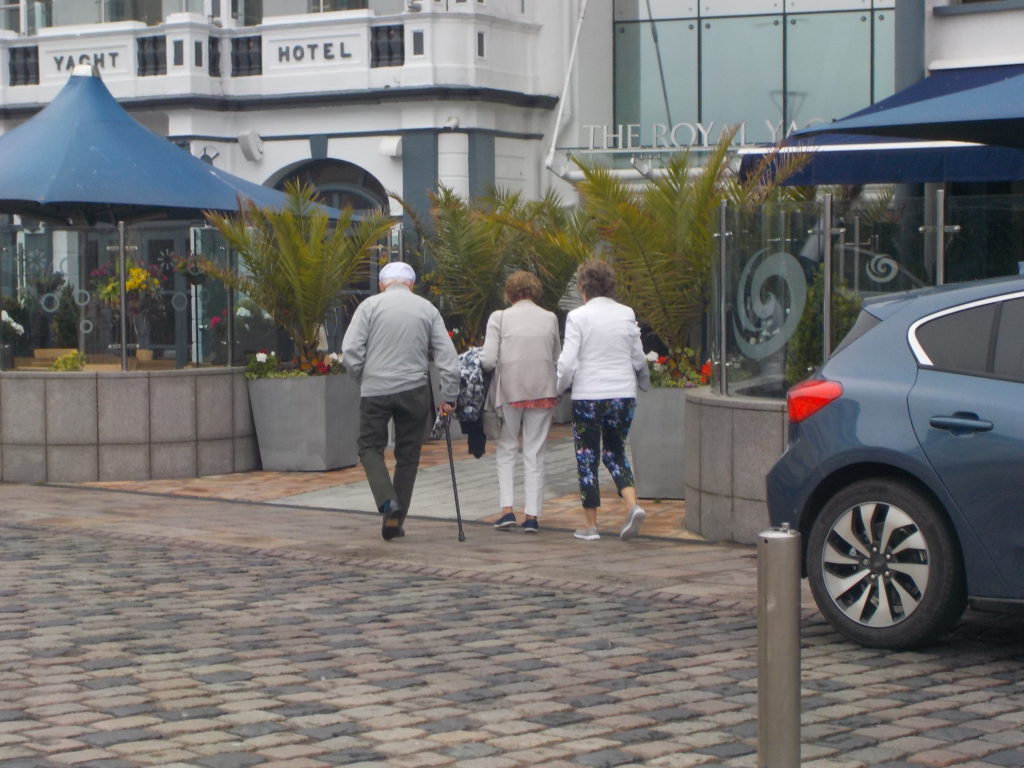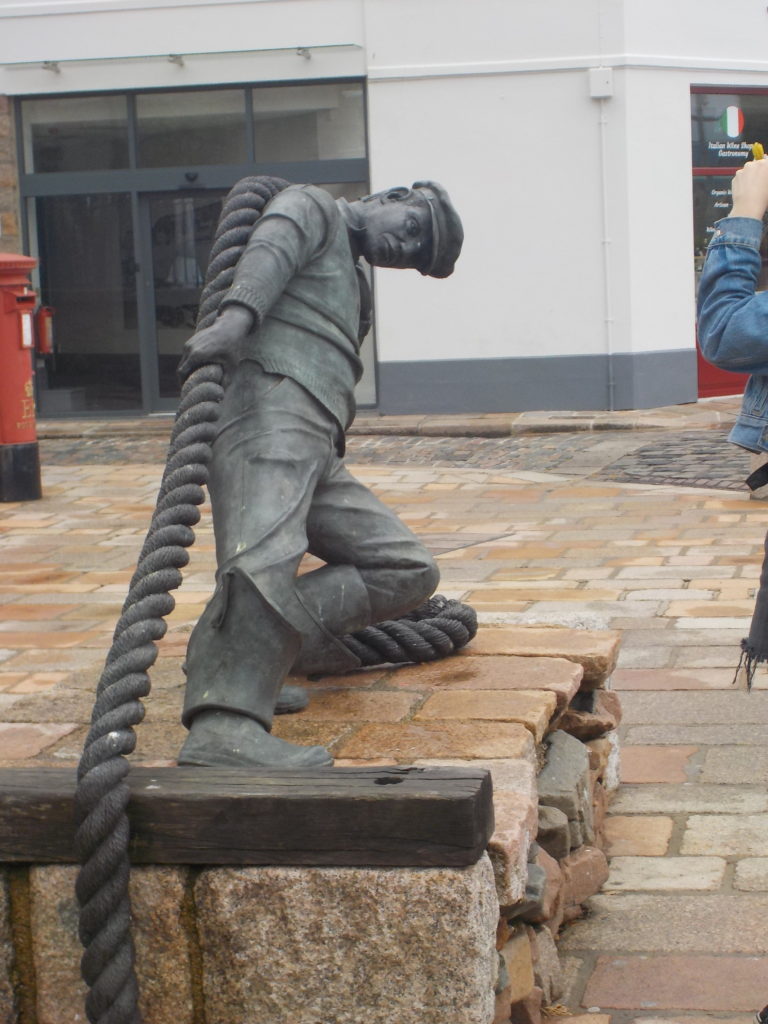Daily Archives: June 10, 2019
Filters
Essay
The occupation of the channel Islands lasted for five years from the 30th of June 1940 till their liberation on 9th May 1945. The whole occupation received little resistance however, it almost ended in near starvation in the last winter. Both Guernsey and Jersey’s civil courts were allowed to operate. They did change the time zone from GMT to CET and the rule of the road was changed to driving on the right. They allowed certain types of entertainment to continue like cinema and theatre, their marching bands even performed from time to time. Lil Dagover, a famous German actress of the time, even visited German troops in Guernsey and Jersey in 1944.
However, there’s been a lot of debate about the amount of resistance the Channel Island had against the German Occupies. The majority of islanders believed that resistance would have been counterproductive and would result in punishment for everyone. There was some resistance. Islanders hide slaves and Jews in their homes and people broke the curfew to graffiti messagers against the Natzis. Radios were banned during the occupation period, a rule that many people broke and got punished for. However, many historians argue that the islands did not resist enough and were very Churchillian. A quote from ‘Living with the Enemy in German-occupied Channel Islands’ says “did not fight on the beaches, in the fields or in the streets. They did not commit suicide, and they did not kill any Germans. Instead they settled down, with few overt signs of resistance, to a hard, dull but relatively peaceful five years of occupation, in which more than half the population was working for the Germans.” But then again what else could the people do. Their fighters had gone off to war, the Germans were heavily armying the place and after seeing how the German’s treated the slaves they brought over no one would’ve wanted to oppose them in fear for their own lives.
Life under the Germans was difficult. Many lost their jobs and couldn’t find a new one under a non-German employer. Deportations began September 1942 so morale fell. Essential items like food and medicines along with fuel was very little quantity. This caused a lot of crime. The only thing that prevented the majority starving was the red cross packages in the final winter. There are even some cases of islanders sharing their parcels with starving Germans. The Germans also placed a lot of restrictions on the islands. There were restrictions on; more than three people meeting together, freedom of speech, fishing and countless other things. People were forced to accept; a curfew, cycling in a single file, the German language in schools and eventually accepting a job from a German employer. There was confiscation of radios, houses, animals and weapons.
The history of Jersey and the Occupation is now looked after by Societe Jersey and the Jersey archive. This includes a photo archive of the occupation including images taken by the Germans, plans of the bunkers and occupation cards. The purpose of an Archive is to preserve pieces of history so people can come and look at photos and documents from the past. In Societe Jersey you go and look through the archive boxes then request images in a digital format for a charge unless you’re a member. You can only handle the images with gloves and they are kept in acid proof boxes in order to persevere them for as long as possible. At the Jersey archive you can look and registers of birth, death and marriage of your ancestors and view related documents online where you can pay a small fee to get a copy of. Archives act as repositories of history and knowledge in the way that they contain images and documents of mundane life and how things were back then. You can look up your family and trace them back. They remind us of where we come from and give us a window to the past.
Societe Jersey was founded January 1873 by a small group of prominent islanders interested in history and preserving it for others. In 1893 they founded the Jersey Museum which is now looked after by the states but Societe Jersey can still put their collections in the museum. Their most important sites are La Hougue Bie, which they purchased in 1919, and La Cotte de Saint-Brélade. They have carried out massive excavations at those sites. There is an annual membership.
Jersey Archive was established in 1993. Their purpose is to manage, preserve and provide access to the past to the people of jersey. As of 2017 thousands of images from the Jersey Evening Post photographic archive are now available to view online. People who come to read material require a reader ticket and must wear gloves if it’s a really old document. These can be provided at the reception. However, you can also email them since they are on social media platforms. The archive helps provide information, settle legal disputes and show property ownership.
For me the experience of going down to Societe Jersey was useful because it gave us an idea about what life was like in the occupation and began to think about creating narratives. I personally learned there were two sides of the occupation. The side that should the German’s taking part in the community and being friendly, and the other which was the slaves and the arming the bunkers.
Images from the Archive
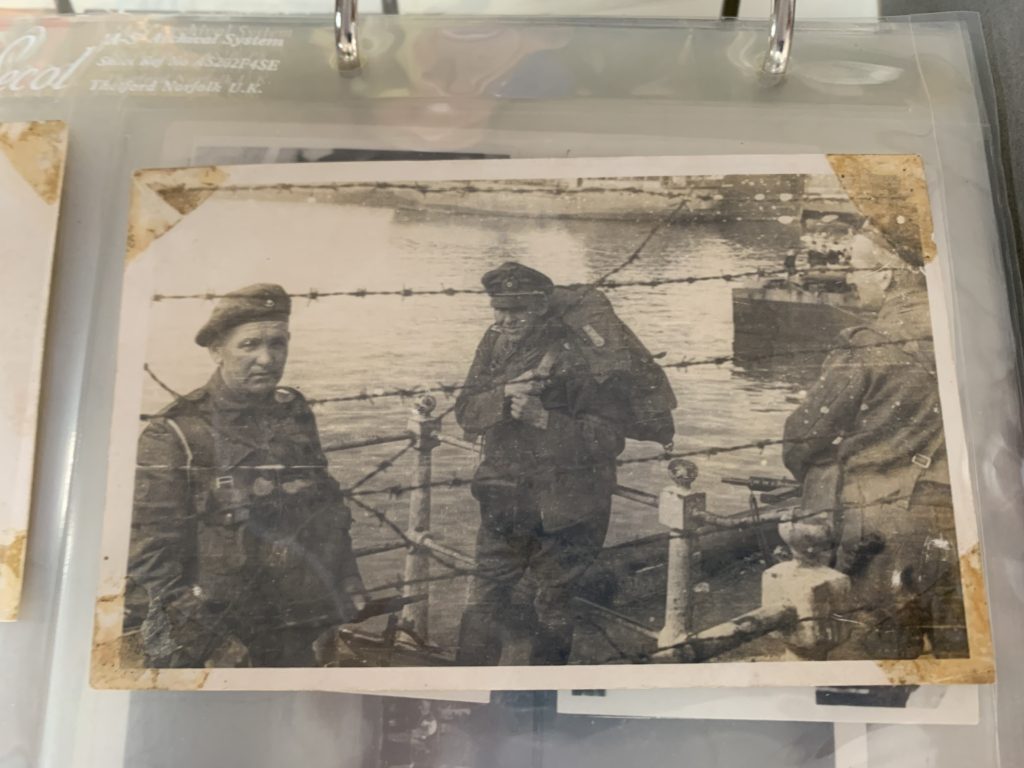
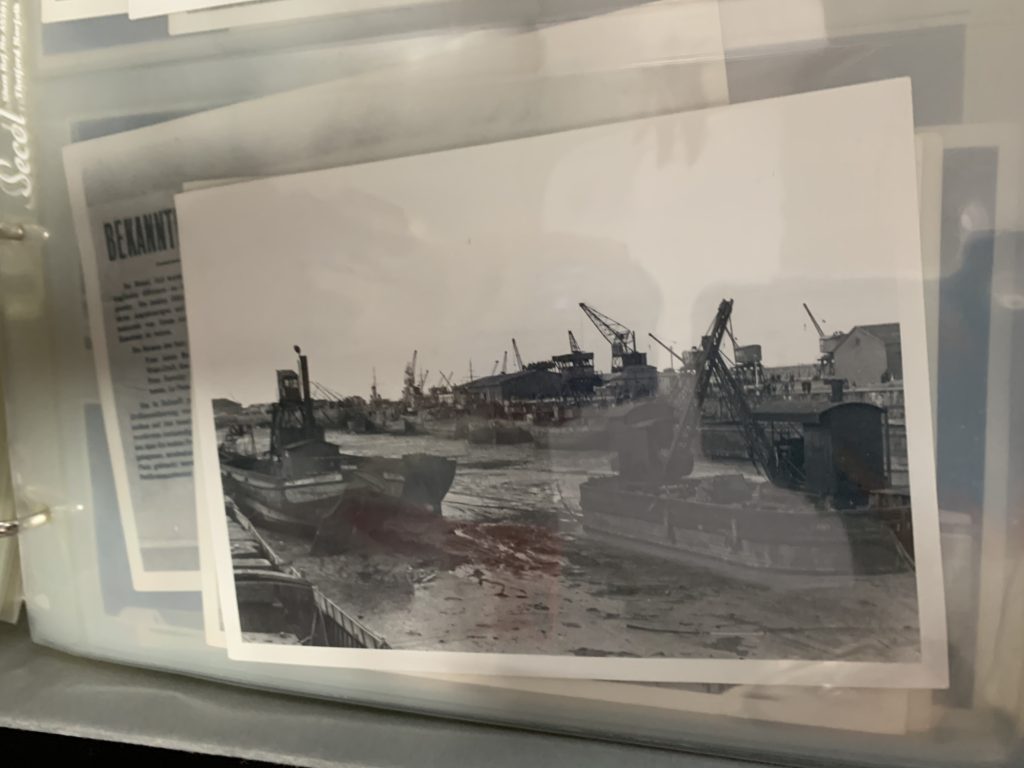

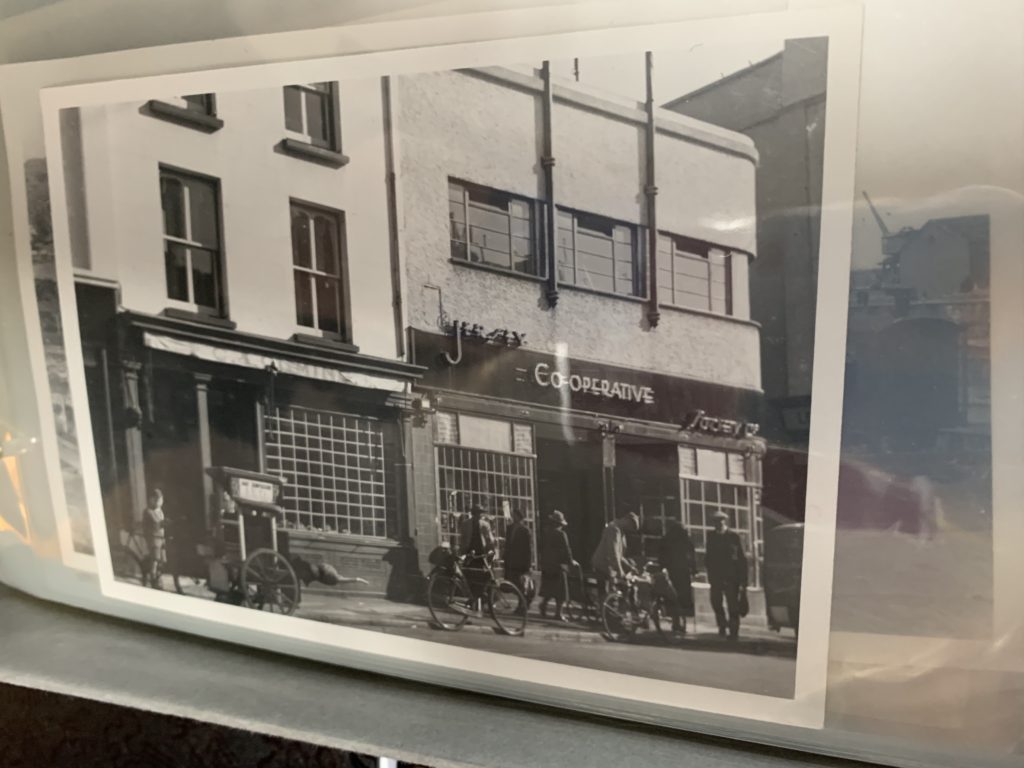
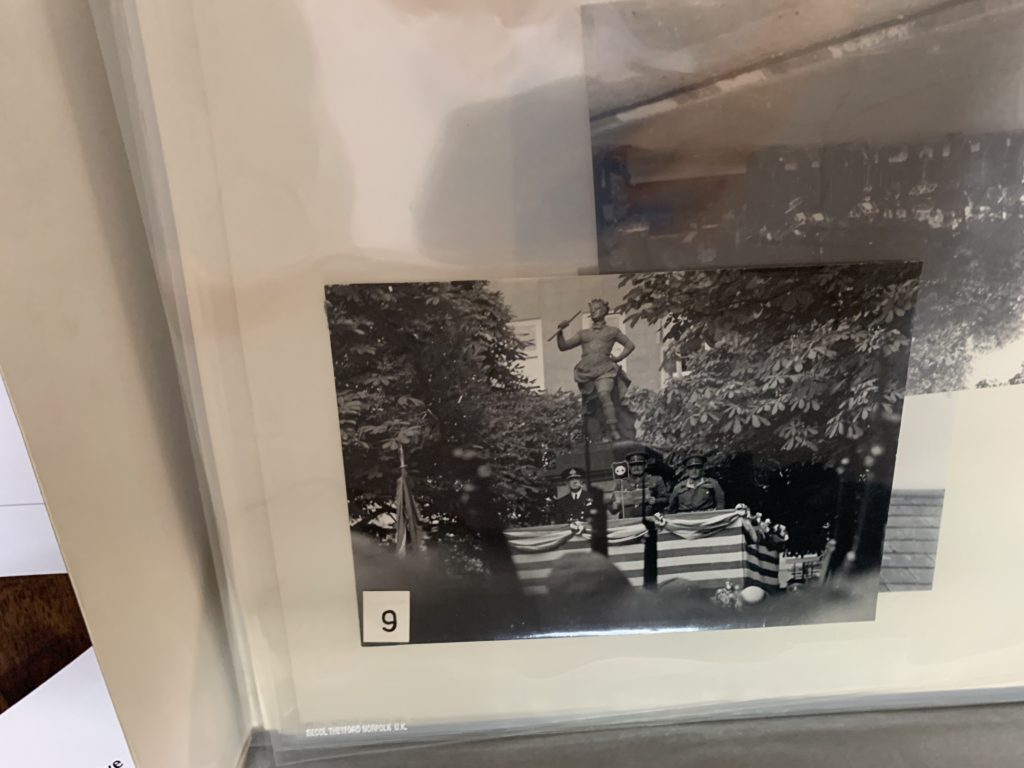
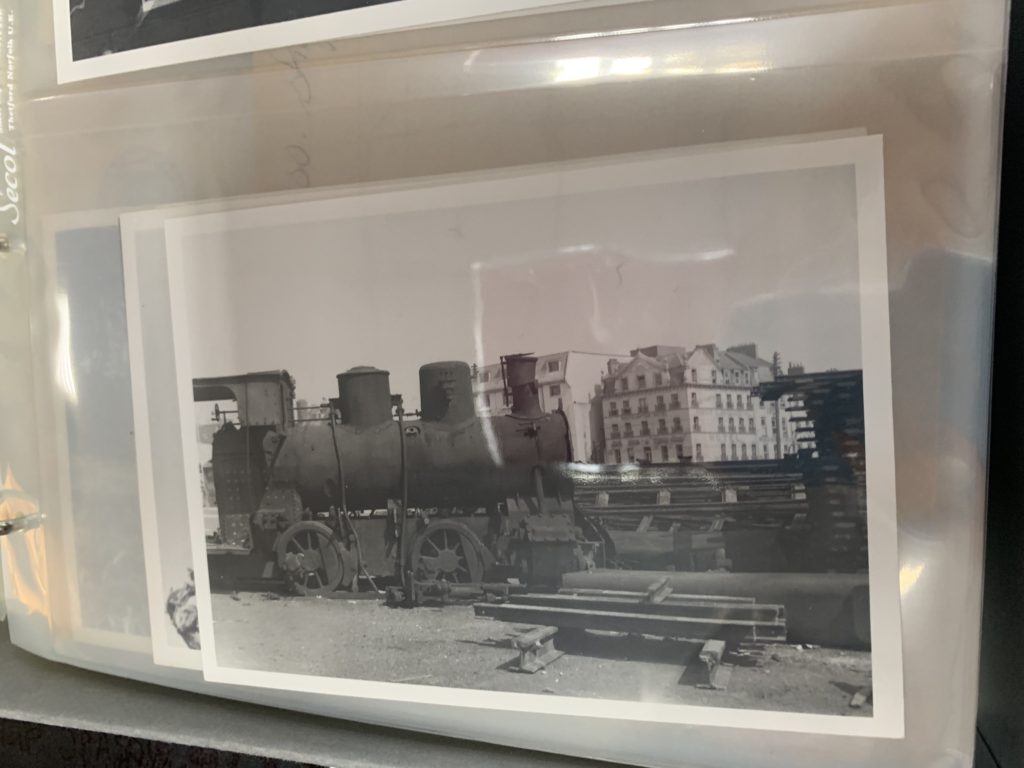
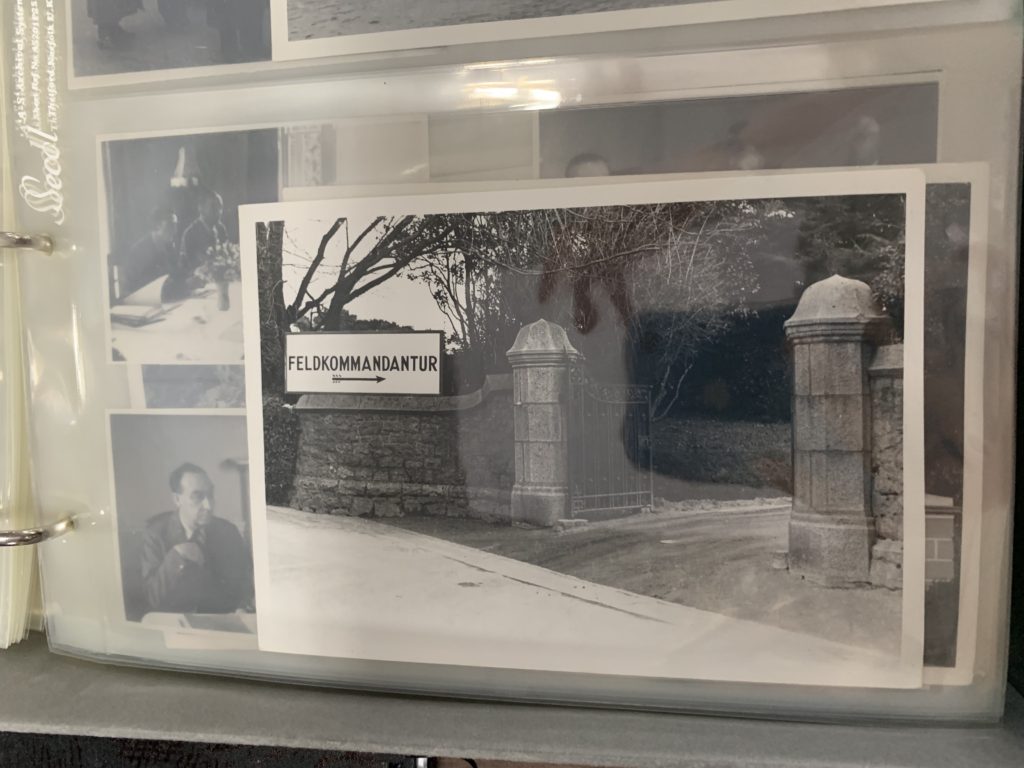
What was most interesting about the Archive trip was seeing the way Jersey was in the past and how it compares to our modern life. It was also interesting to see how Jersey was under German influence. What surprised me the most was how the majority of the images are saw showed them getting involved in the community.
Societe Jersiaise
On the 4th June 2019, we went down to the jersieise societe where we got an introduction to our A2 course and the history of the German Occupation in the Channel Islands.
Firstly, we got a brief history into the photographic archives, in what they store and keep. After this we worked in small groups going through a selection of images in boxes from the archives by different artists, then we had to pick up to 10 images which we wanted to used. these are the images I picked:

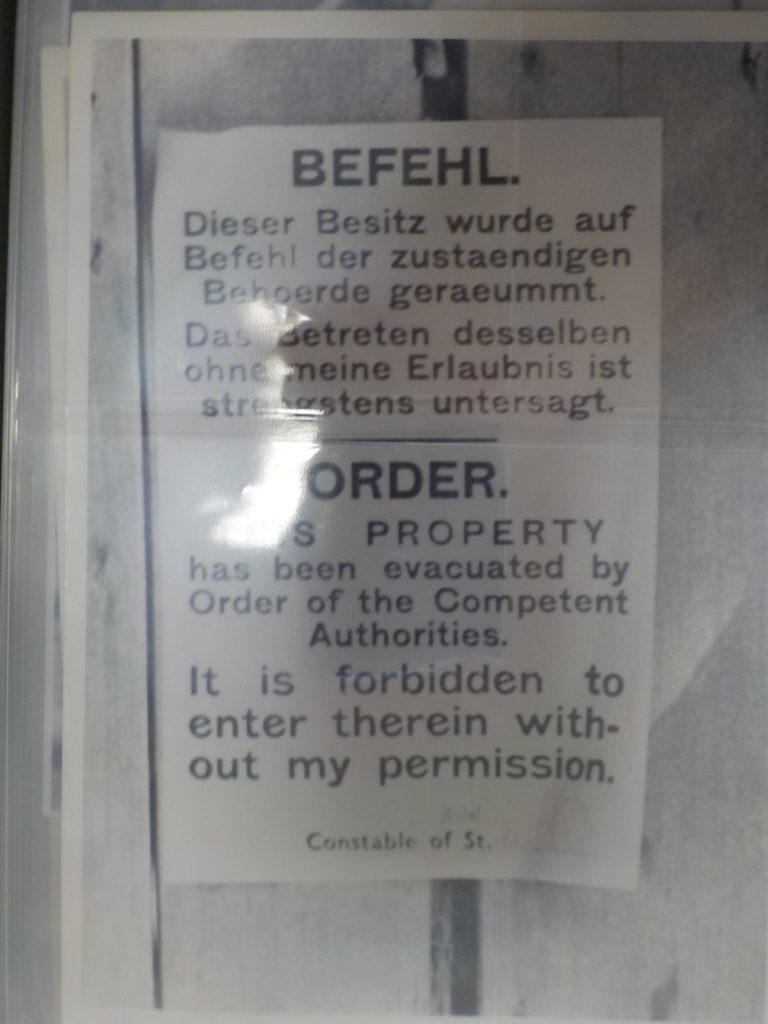
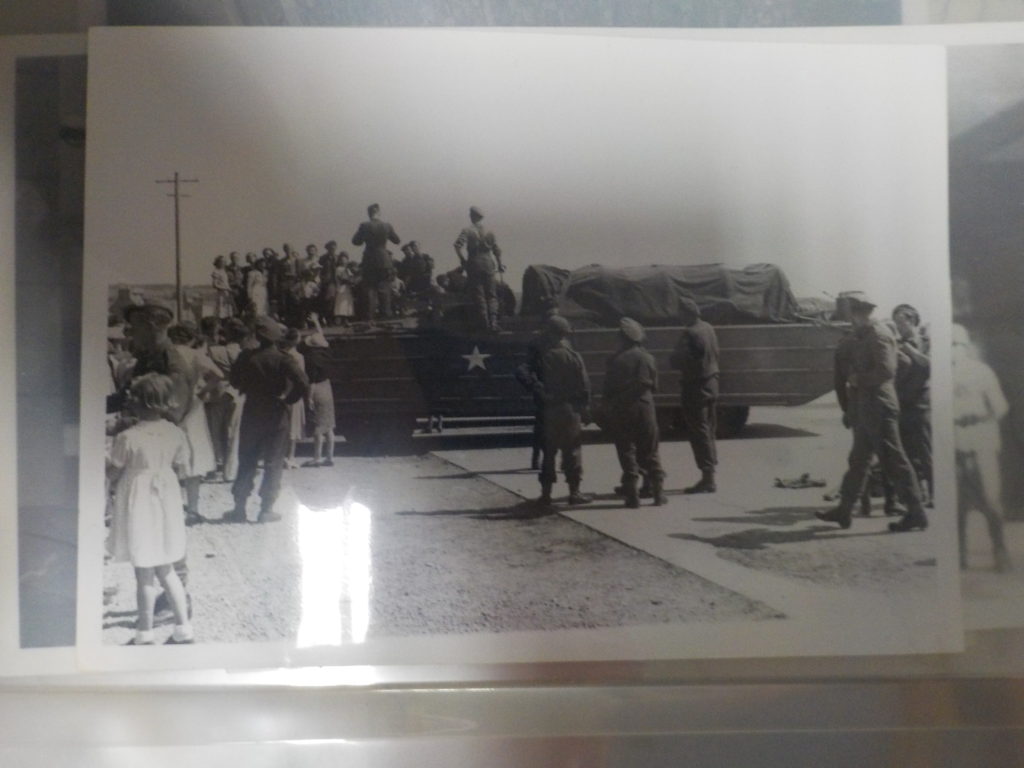
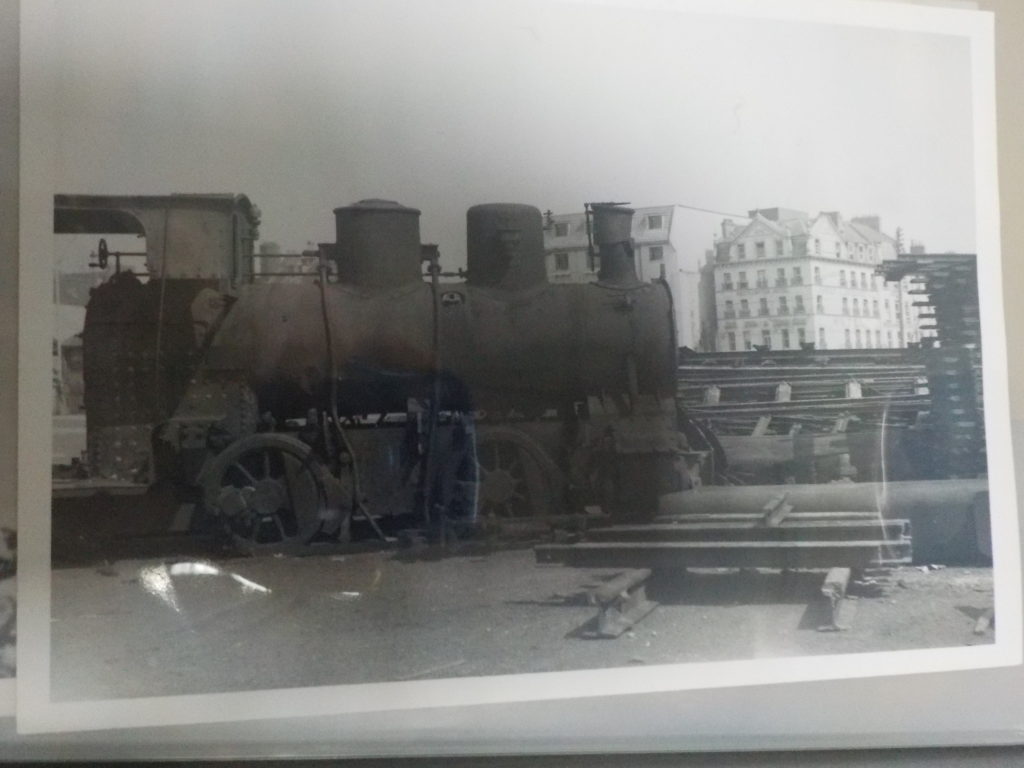
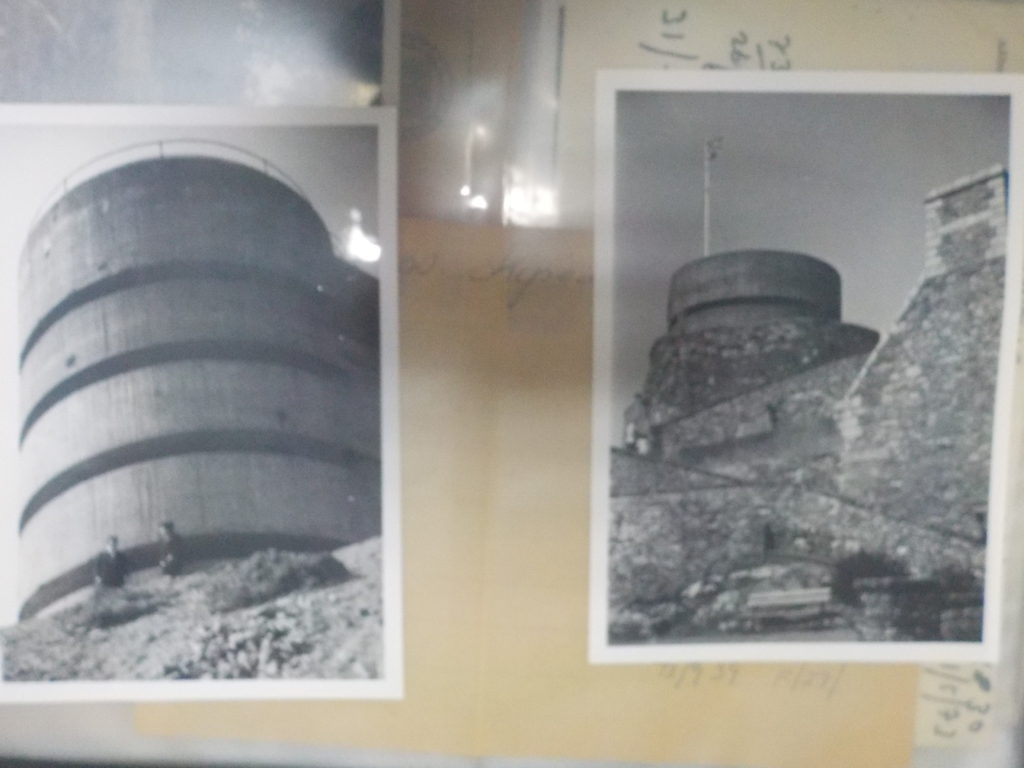


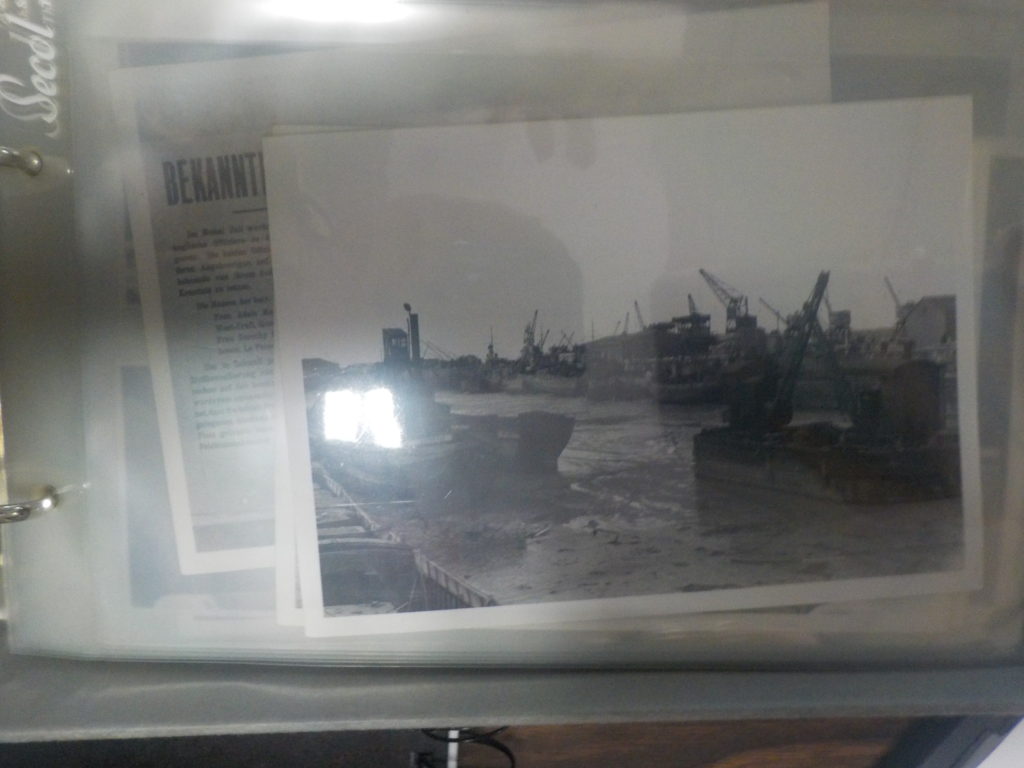

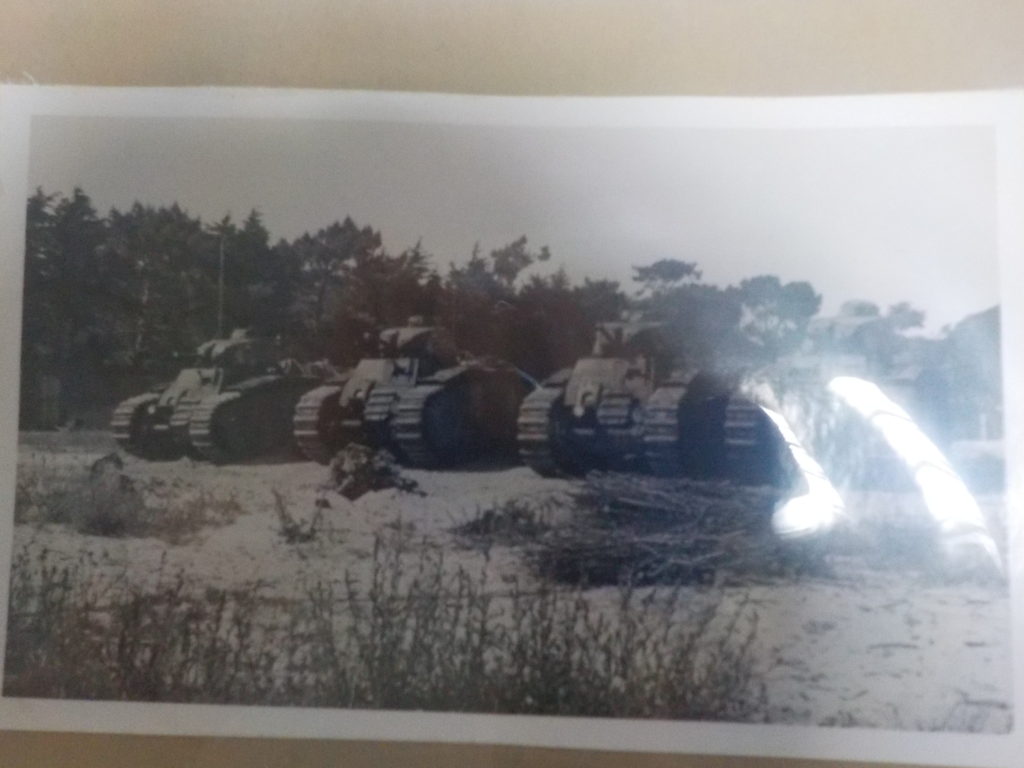

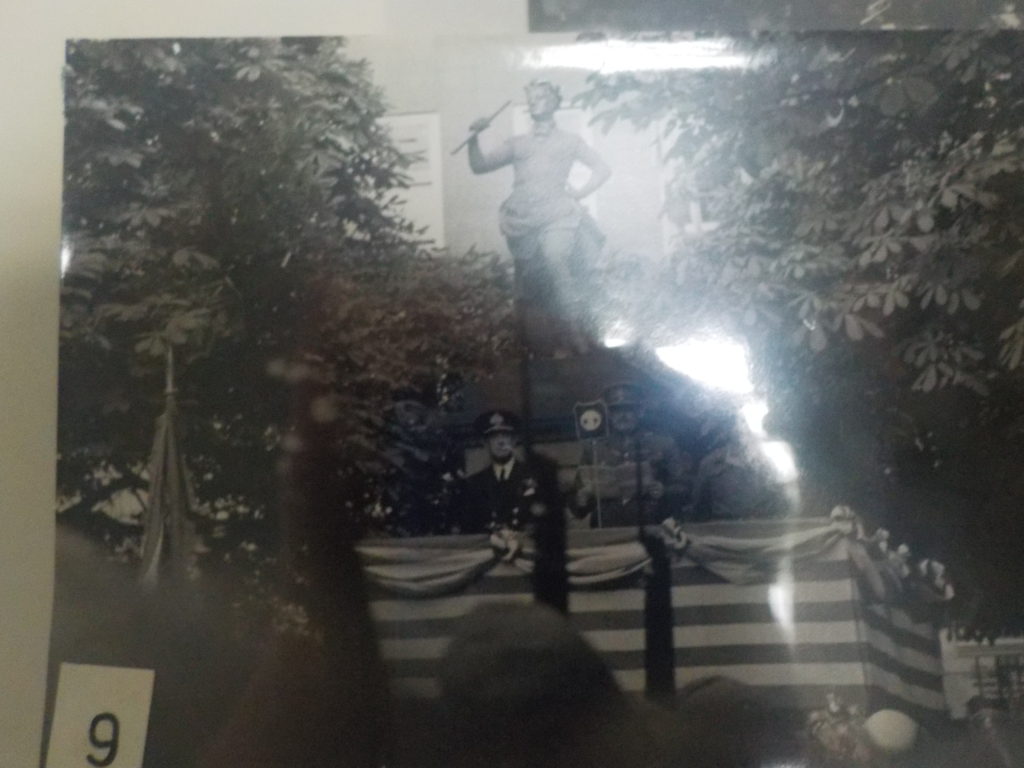
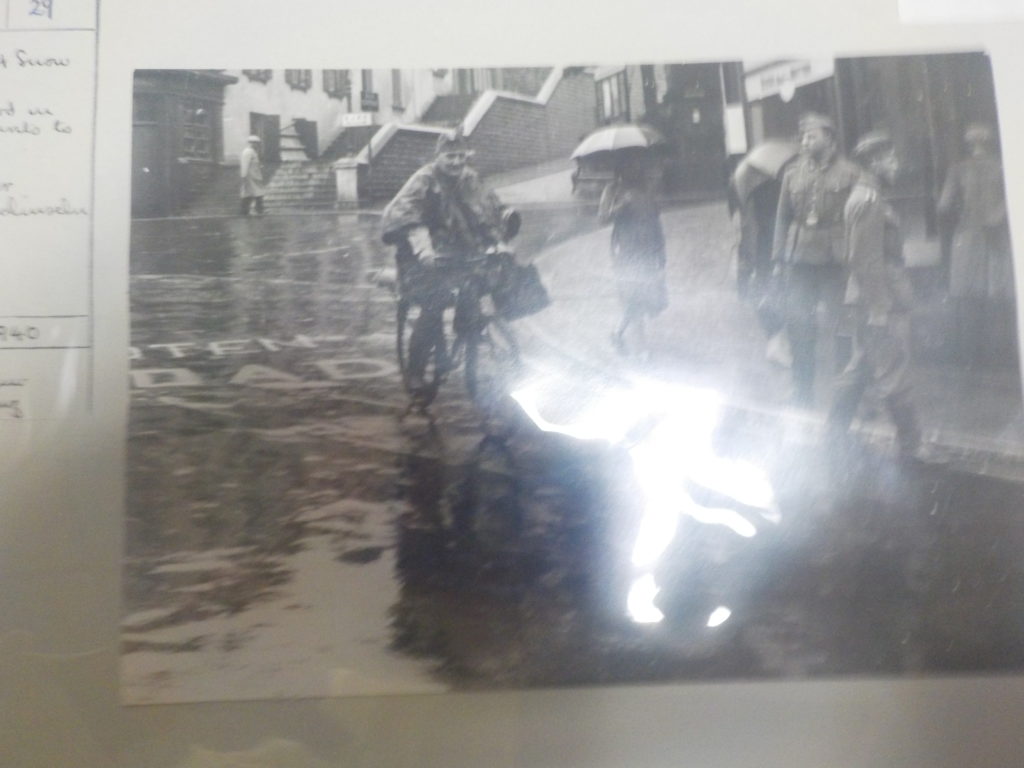

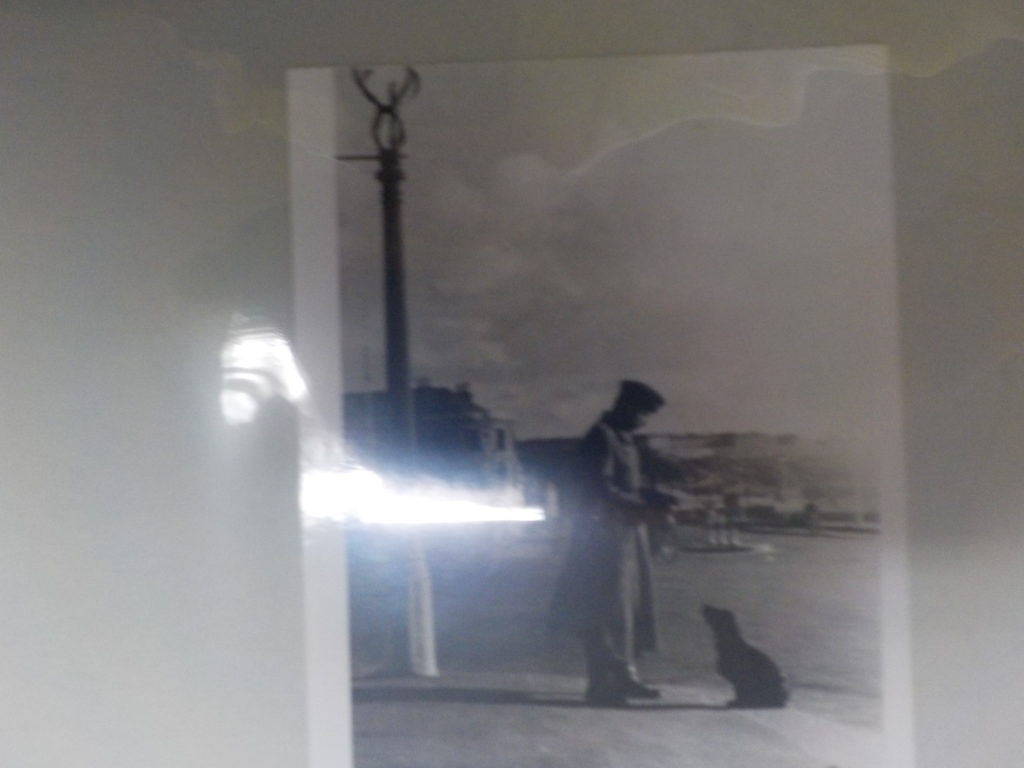
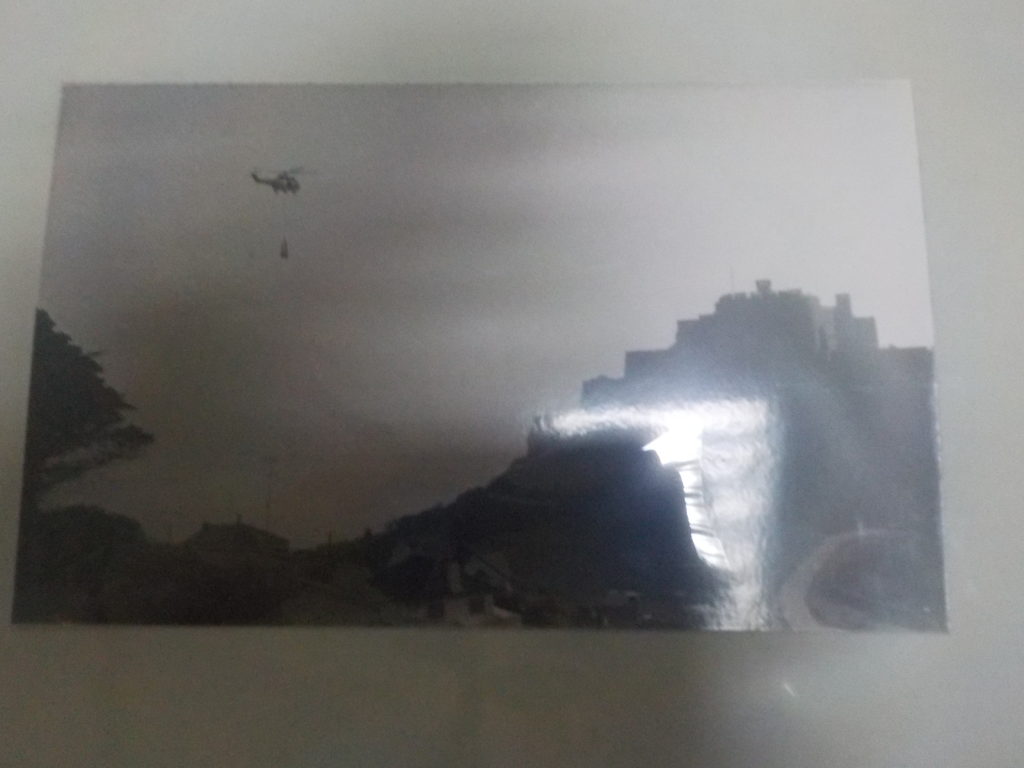

Our 3rd task was to create a story with a selection of images we got given, our group decided to pick 3-4 images per theme and then put them together. This is what we came up with:

After this we went into town on a photo shoot to take images corresponding to the German occupation in St Helier.
Occupation of Jersey introduction
For my A2 photography coursework, I will be studying the occupation of Jersey. The island came under Nazi occupation on 30th of June 1940 as the Channel Islands had been declared as a demilitarized zone by the British parliament. The German forces invaded the Island and Jersey remained under Nazi Occupation until the 9th of May 1945, when the island was liberated following the declaration of allied victory in Europe.
During the Occupation, The Nazis set about fortifying the island with bunkers and tunnels as a part of Hitler’s Atlantic wall. The Channel Islands were the most heavily fortified parts of the Atlantic wall, with the overall total of extracted rock from the island standing at 244,000 cubic feet, compared to 225,000 cubic feet for the whole of the rest of the Atlantic wall excluding the Channel Islands.
After Liberation, Almost all bunkers and fortifications were left standing as a reminder of the Islands past. Today these fortification still stand, 70 years on and are a common feature of the islands landscape. Many fortifications have been kept in good condition and preserved by the Channel Islands Occupation Society, whereas some minor buildings and fortifications have been left to nature.
The occupation itself has created a legacy for the Island in terms of the Islanders stories of occupation and many family ties to the occupation. My grandparents lived in the Island during the occupation,My grandmother lived in The island at the time in Valle des Vaux and my Grandfather lived at Janvrin Road. I have grown up being told stories of the war,such as the time my grandfather and a friend of his ran to a German bomber crash site and took bullets and souvenirs from the wreckage. My family are in possession of an authentic German bayonet that my grandfather stole from an officer who had left it on a low wall. I would like to locate this artifact and many others my family are in possession of and photograph them as a part of my project.



